| HOSTED BY |
A History of Art Forgery
| In some cases, forgers have successfully switched original works with their own copies, after removing them from their original premises under the guise of performing restoration work, as in the case of this self portrait. |
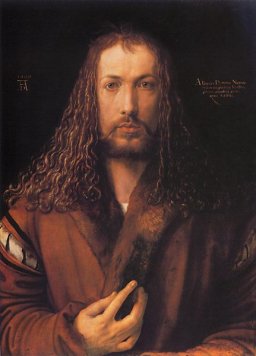 |
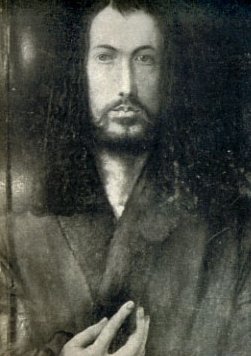 |
| ABOVE LEFT: Albrecht Durer (1471-1528), Self Portrait.
Limewood panel, 67 x 49 cm. Old Pinakkkothek, Munich. This painting
was hung in the Nuremberg Town Hall from the sixteenth century
until 1799 when it was lent to the painter Küffner, who
made a copy of it and returned the copy in place of the original.
ABOVE RIGHT: Albrecht Dürer, Self Portrait. Forgery by Wolfgang Küffner (1799). Limewood panel, 67 by 49 cm. Dürer’s house, Nuremberg. The forgery was discovered in 1805 when the original, which came up for sale, was bought for the royal collection Schuller, Sepp. Forgers, Dealers, Experts – Strange Chapters in the History of Art. New York: G.P. Putnam’s Sons 1960. LCC 60-13452. |
The art forger will sometimes try to fool the experts by painting his fake over a genuine older painting. In this case, the artist attempted to "create" a Rembrandt, but the fact that the original canvas dated from a period later than Rembrandt led to suspicions about the genuineness of the work. This prompted further investigation, which determined that the painting was a fake. |
 |
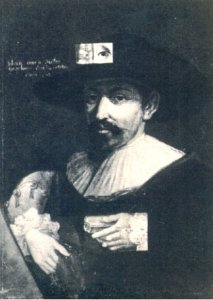 |
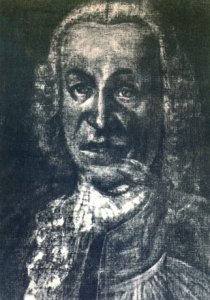 |
| ABOVE LEFT: Rembrandt forgery, derived from the genuine Portrait
of Hermann Doomer: Metropolitan Museum, New York.
ABOVE CENTER: The same painting, with a part of the top layer of color removed, revealing one eye, locks of hair, and the arm and hands of the original. ABOVE RIGHT: X-ray photograph of the Rembrandt forgery shows the original 18th century painting underneath; it is a portrait of Johann Georg Muller. Arnau, Frank. The Art of The Faker – 3,000 years of Deception. Boston, Little Brown & Company, 1959. LCCn: 61-5317 |
| Intro (1) (2) (3) (4) (5) (6) (7) (8) (9) (10) (11) (12) (13) (14) (15) (16) (17) (18) (19) (20) Look for updates to this exhibit every week. Also visit the companion to this exhibit: FABULOUS FAKES |
| Special thanks to people without whom this exhibition would not have been possible: Thea Eichler, NRCA; Billie Tucker, New Rochelle Library; Ivar Hyden, Backstreet Gallery and all the contributing artists. |
| Additional information about the availability of Fabulous Fakes, the History of Art Forgery or any of the works in the exhibition may be obtained by contacting The New Rochelle Council on The Arts by email or by calling 212-529-2025. More information on the NRCA can be found by connecting to the internet and clicking here. |
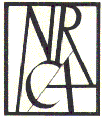 Fabulous Fakes and A History of Art Forgery © J. L. Dolice, 2001, 2003.
|
| All images in this presentation may not be copied, stored in any electronic retrieval device or used in any way without permission in writing. ISBN 0-935901-51-5. |
| Art Forgery | Art Haus |